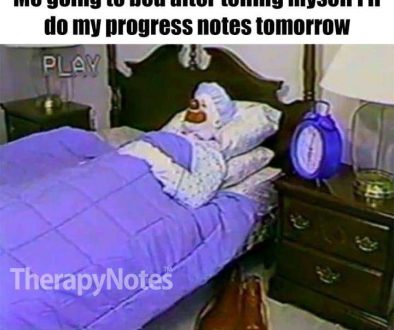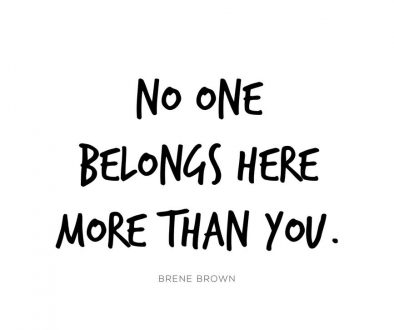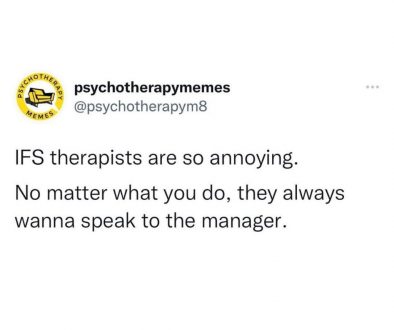6th Edition
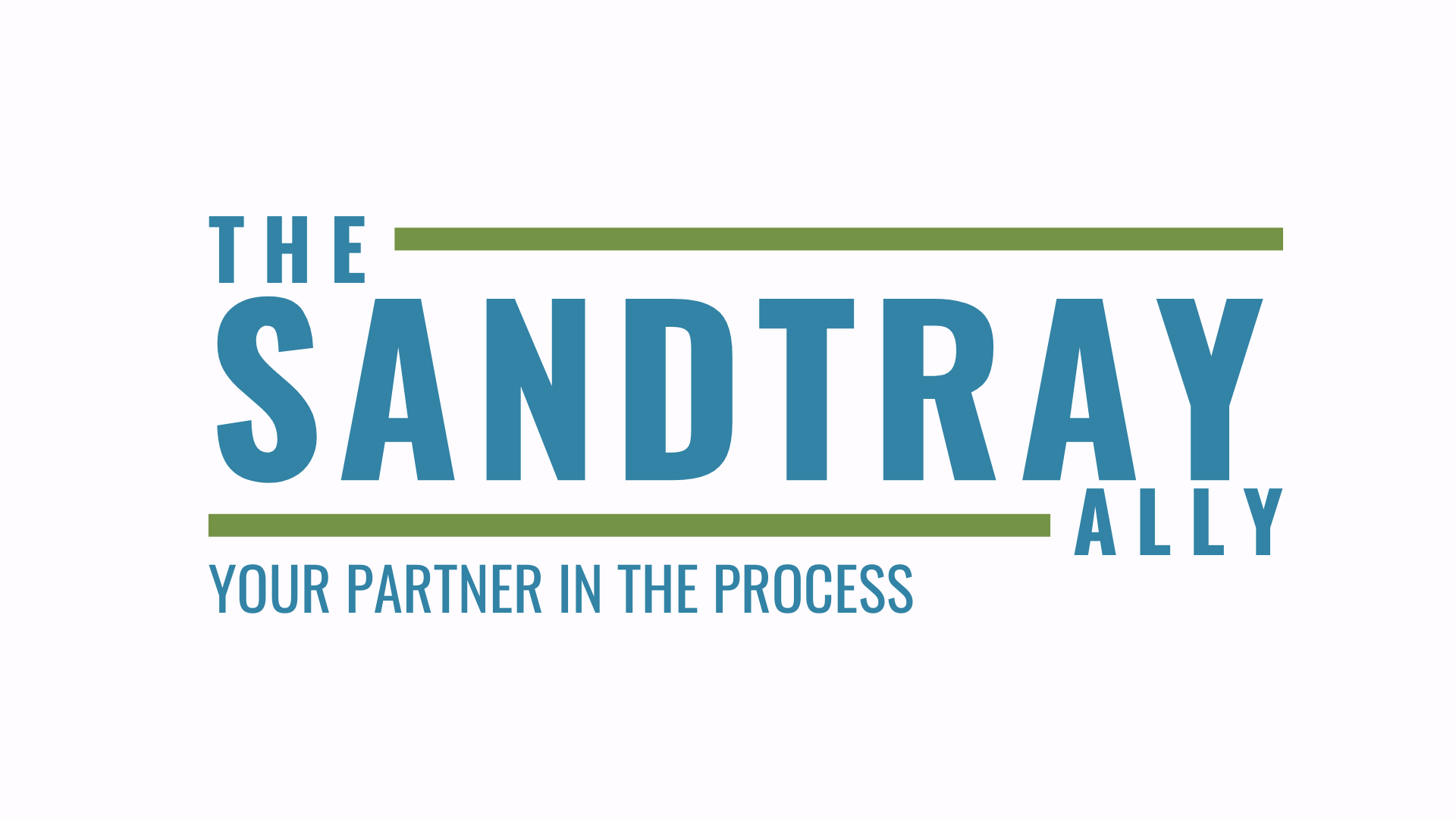
Finding your Foundation
Hey guys! I noticed that we have a ton of new subscribers, and we are so jazzed to have all of you with us as we learn and grow together.
If you're just starting out on your sandtray journey, welcome...and get ready to immerse yourself in a practice that is healing and transformative, for not only your clients, but for yourself as well!
If you're a seasoned sandtray pro, we are SO glad you're here to join the conversation and grow this community and the reach of sandtray therapy!
Since we have so many new folks reading the Ally, we wanted this edition to focus on the foundations of the practice of sandtray therapy. I'll begin with some really helpful "back to basics" blog posts.. but this whole newsletter will be jam-packed with information vital to understanding and utilizing sandtray therapy in your daily practice!
OK...ready...set...Get your knowledge on!
- **(So you probably just want to go ahead and watch all the "back to the basics" videos...it's great foundational knowledge broken up into short, easy-to-digest videos you can watch at your convenience)
Once you've found your footing and you're becoming deeply obsessed with the practice of sandtray, it's really important to find your tribe... a community of practitioners who lift you up and share your love and excitement for this field and the work that we do!
Have you heard of IAST?
strives to be just that. Click above to find out more about this organization and the opportunities for growth and advancement that exist for it's members across the globe!

TRIVIA TIME, PEOPLE!!! I have a random piece of knowledge and I wonder if you know it too?
What famed Science Fiction writer is associated with Sandtray Therapy?
Scroll to the bottom for the answer!
Featured Miniatures
This month we wanted to focus on the main categories of miniatures that are essential for any sandtray collection. Disclaimer: The minis pictured are merely suggestions. A guide, a jumping off point. Most of these have been on our shelves for years, and have proven to be well loved and used time and time again. Remember, the brain will go where it needs to go, so don't get hung up if you don't have these exact miniatures.
*also, these are NOT the miniatures that are included in the Sandtray Suite Plus boxes, those remain top-secret until delivery!

Animals -
You can never have enough animals, especially when working with young children or families. You want to make sure you have different categories of animals - jungle, farm, reptiles, domesticated, ocean, predatory, prey, and even creepy crawlies like bugs, snakes, slugs, etc. It's also important that you have enough of each type of animal that the client can make a family structure...these will often show up in moving worlds and can help you gain insight into the inner-workings of your client's world and the systems they are a part of.
Also helpful to ask the client or family to choose an animal to represent each member of the family system. You can gain a ton of information about member's roles, personalities, and dynamics with this type of directive or activity.

Transportation-
Transportation minis get used a ton with our littles, and even with adolescents and teens. You will want to have different types of transportation vehicles to choose from; construction vehicles, emergency vehicles, school buses, public transit, farm equipment (especially if you live in rural areas), and regular ol' trucks, cars, bikes, etc.

People -
Kind of like with animals, you can really never have enough people. You want to ensure that your people minis are diverse. Make sure you have miniatures that include different ages or stages through the lifespan, abilities/disabilities, cultures, ethnicities, careers, etc. People miniatures get used by clients across the lifespan, so it's important that no matter the client, they can find themselves or their families in your collection.
Also,if you're working with young children, you will want to have plenty of army men, knights, or ninjas and ensure that you have at least two different colors or "teams", as they will often play out conflict with these types of minis.

Nature-
Included in nature are greenery, trees (in varying degrees of life/health), bodies of water, stumps, flowers, and different types of weather or elements.
Knowing your population is really important. Here in the south, the tornado miniature gets used frequently to help address anxieties or trauma related to this type of event. If you live somewhere coastal or where there's perpetual winter, you may need different minis to accommodate your client's experiences based upon their geographical location. . .

Houses/Architecture -
Pretty self-explanatory. You need several different types of houses and architectural structures (don't forget about archways and gates!) that clients can choose from. Different style houses may get used by clients throughout the lifespan and from different SESs, so you want to make sure that the houses and structures are just as diverse as your other categories of minis.

Bridges, Paths, & Fences -
I know that we talk about these a TON, but I cannot stress enough how important these miniatures are. Clients will often use paths and bridges to represent a journey or progress. It's important to have different types of these available, as the state, or properties, of the miniature chosen can provide insight into where the client is at emotionally (see the pathway littered with bones and skulls? Wonder what that's telling us?).

Fantasy -
Fantasy miniatures get used SO often. Make sure you have plenty of minis that fall into this category - knights, dragons, monsters, wizards, fairies, and yes, even characters from popular movies or TV shows....for more on why we think that's awesome click !

Abstract -
Abstract miniatures get used mostly by our older clients, teens and adults. These minis can be literally anything, and are only limited by your creativity. I have seen clients develop metaphors and gain amazing insights without initially realizing it or setting out with that intention, just because their right brain connected with an abstract miniature once it was in the sand. Weird sculptures? Grab em. Random bird cages? Perfect. Disembodied limbs? Yes please. Seemingly useless statues, bird baths, baskets, woven wood thingy-ma-bobbers? GET THEM ALL... you won't regret having unique pieces for your clients to connect to.

Religion/Spirituality & Death -
Death miniatures get used a lot when dealing with depression or major conflict, as well as during phase of life issues or traumas, such as coming to terms with an illness or grieving the loss of a loved one. Some teens also really gravitate toward gory death miniatures, zombies, ghosts, etc. So don't be afraid of having an abundance of gross and macabre minis in your collection.
It's also vital to have religion and spirituality miniatures that are diverse and inclusive of as many belief systems and practices as humanly possible. You want your clients to feel seen, heard, and accepted by allowing the freedom to weave this aspect of their identity into the tray if desired, as the world is not always as open or as safe as the sacred sandtray space.
ALSO...not pictured are rocks, gems, and treasures (which you will need in abundance if working with littles)...and miscellaneous minis. It's always helpful to have some random miniatures on the shelves that will undoubtedly be difficult to categorize. (everyday items, food, tools, drugs, emojis, playing cards, weapons, furniture, trophies, musical instruments, tech gadgets, literally anything)...the brain does what it needs to, so have plenty of randos for your client to be able to pick from and see what metaphors and worlds they create!
Want even MORE info about miniatures and how to select the appropriate minis for your specific population?
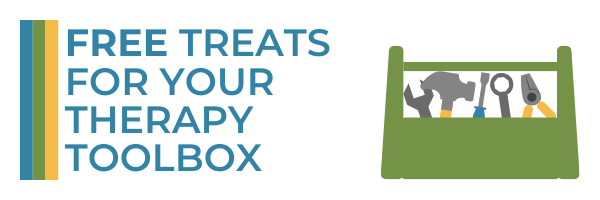
Whether you are just getting started on your sandtray journey or you've been practicing for years, it's always helpful to have a guide. We've created the 10 Commandments of Sandtray Therapy with the most important things to remember when engaging in this type of work with your clients. Simply download this image and reference when you need a refresher!

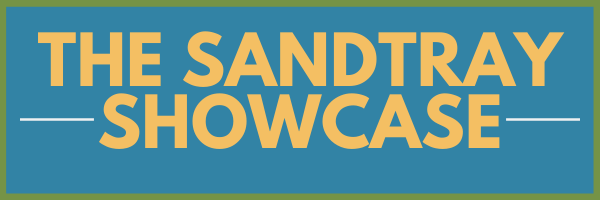
|
|
|

|

Upcoming Events
|
TRIVIA TIME ANSWER: In 1911, author H.G. Wells wrote a book called "Floor Games" about the imaginative games he and his sons played, encouraging play as a means of healthy development. This inspired Margaret Lowenfeld to begin using sand trays in therapy! The more you know, right?! Til' next time, - The Southern Sandtray Team |

